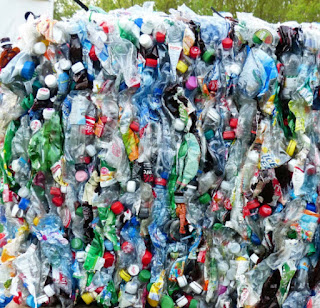A US train derails because of the 60C heat

A train was derailed in San Francisco , as the result of an heatwave in the area. The heatwave caused temperatures to soar around 35 degrees higher than the railway’s usual operating temperature, which meant the tracks became “misaligned”. The derailment caused a accident, with all 50 passengers having to be evacuated and several people reporting minor injuries. The Temperatures on the track reached 60 degrees Celsius near the city of Concord in the Bay Area. The bowing of the track caused by the temperature made the train fall off its rails.


























